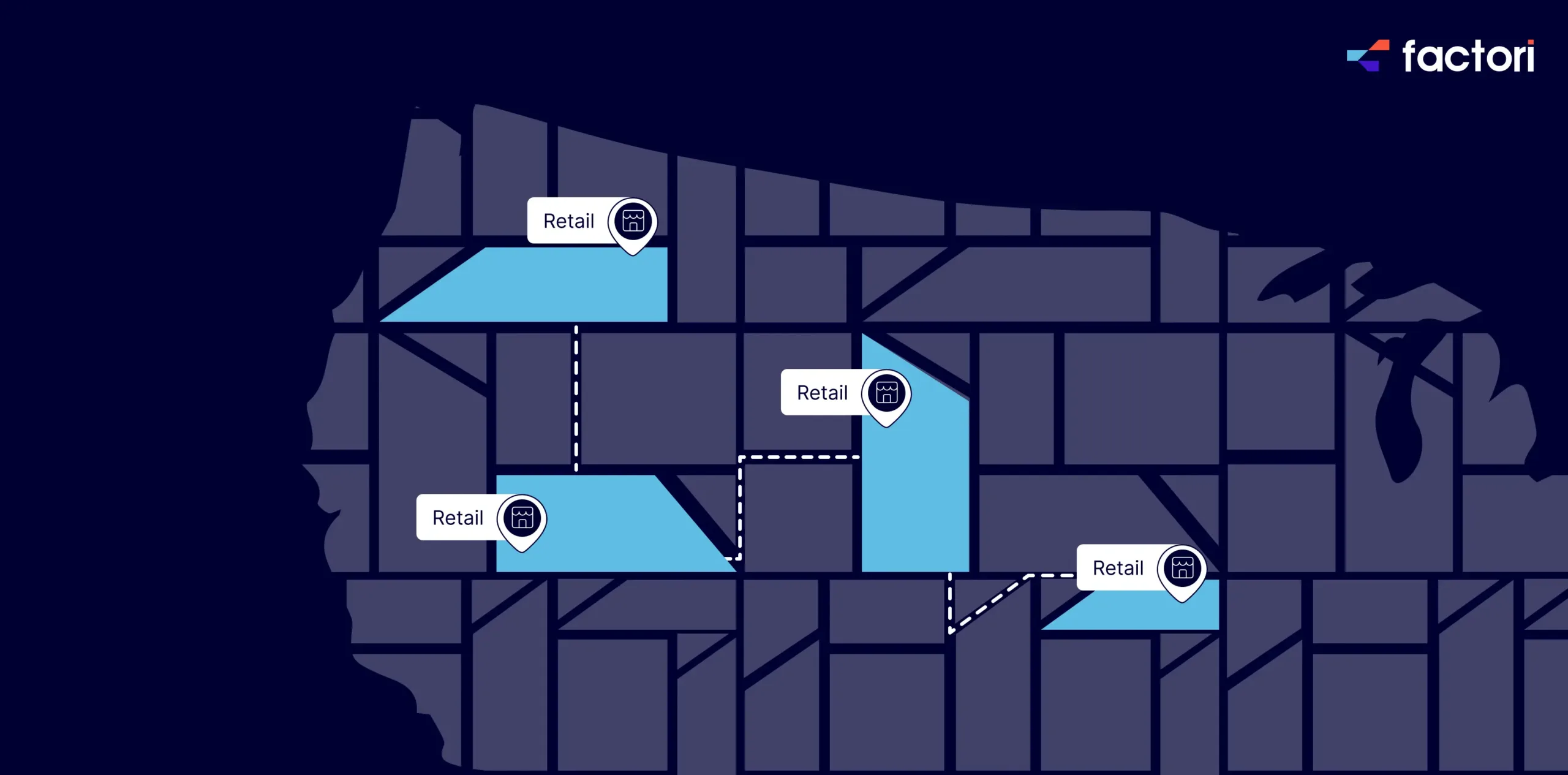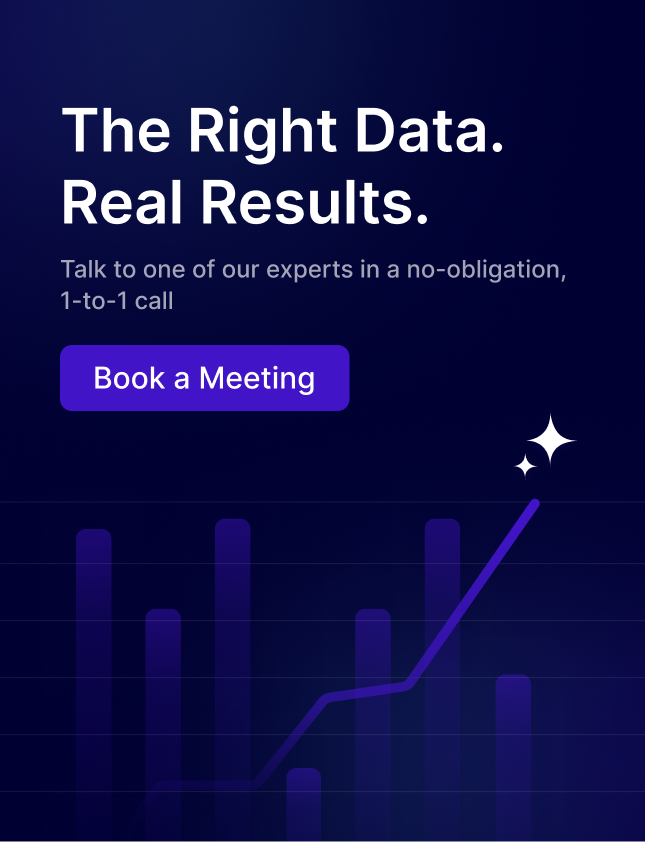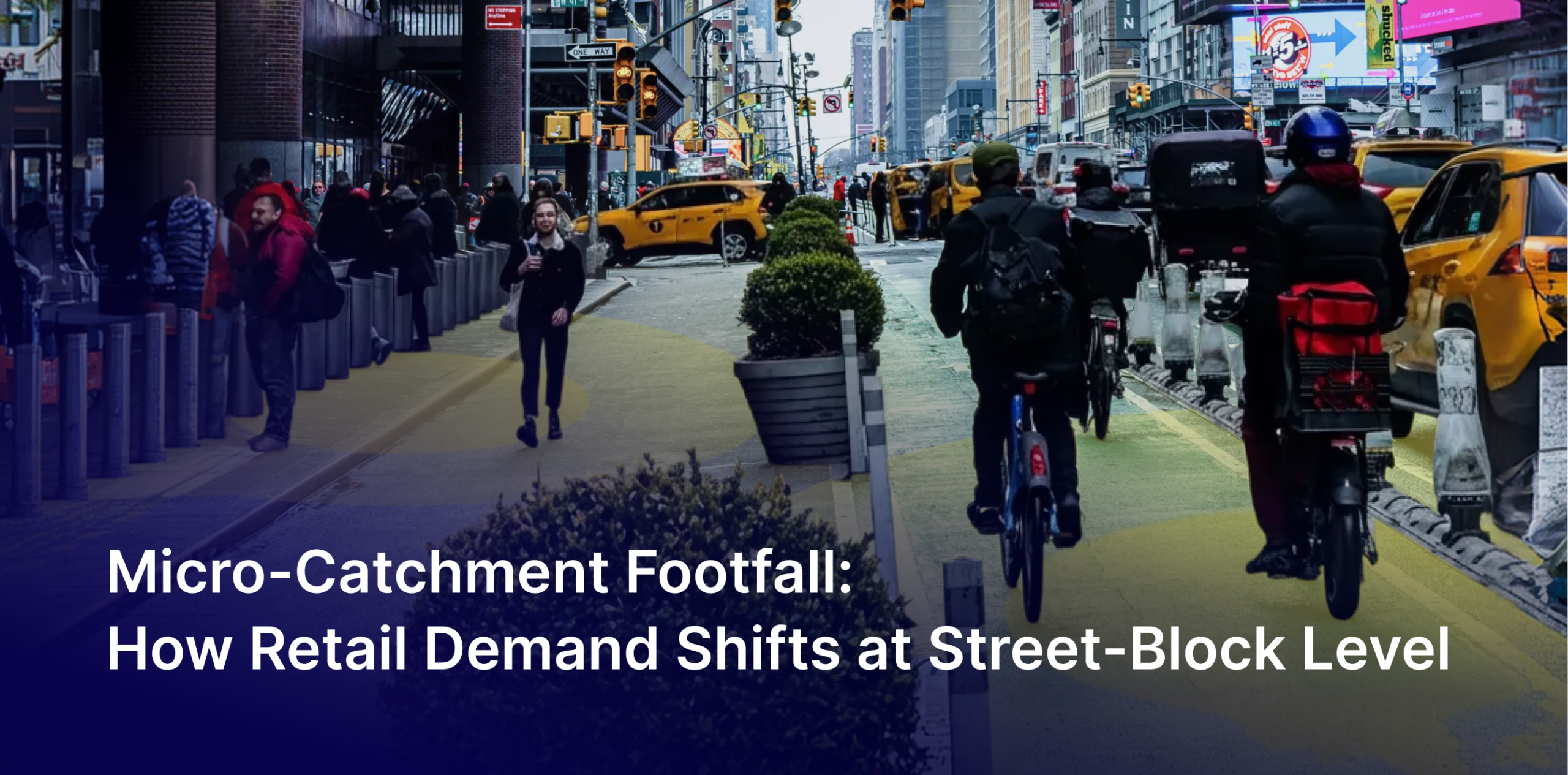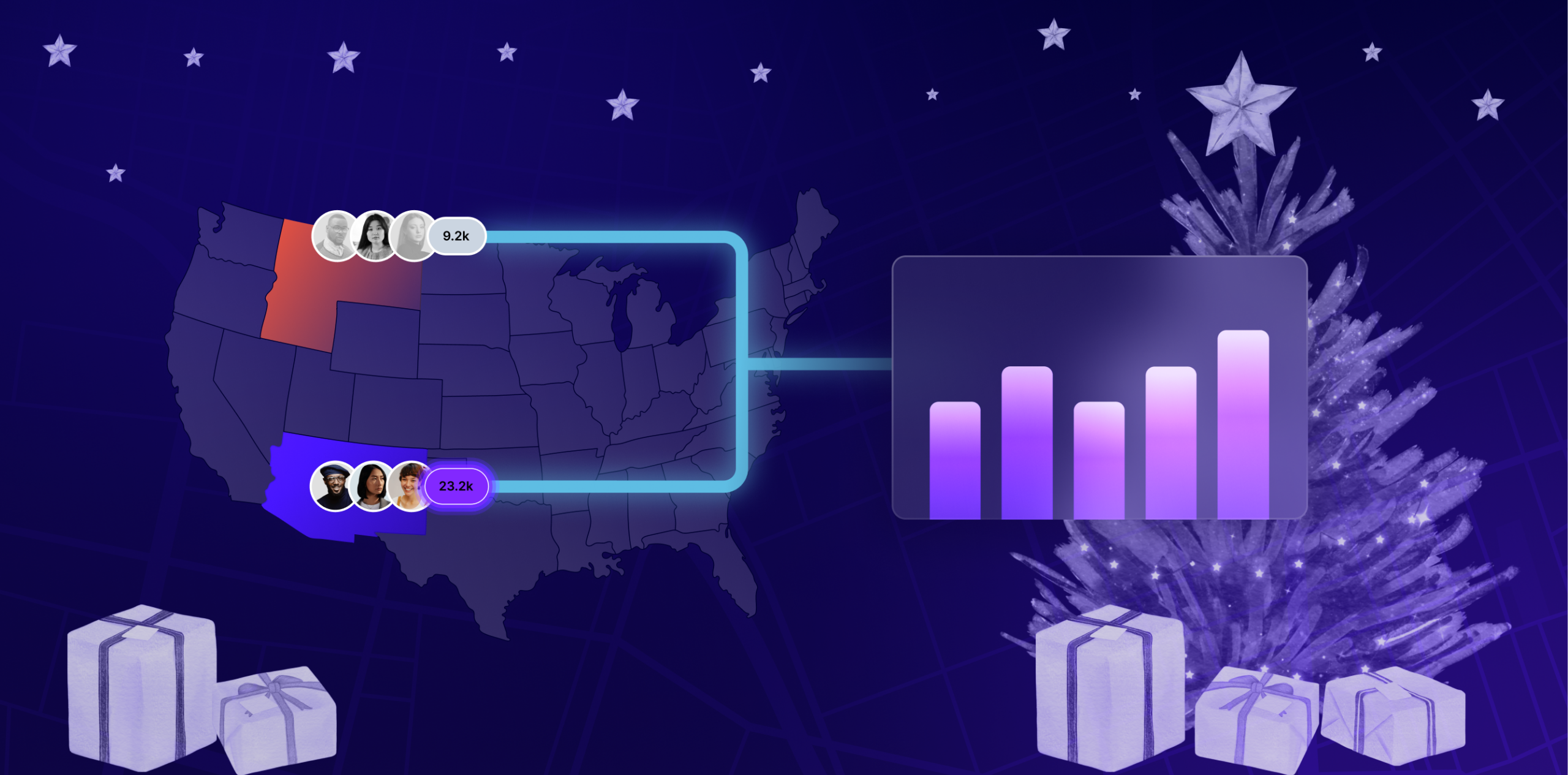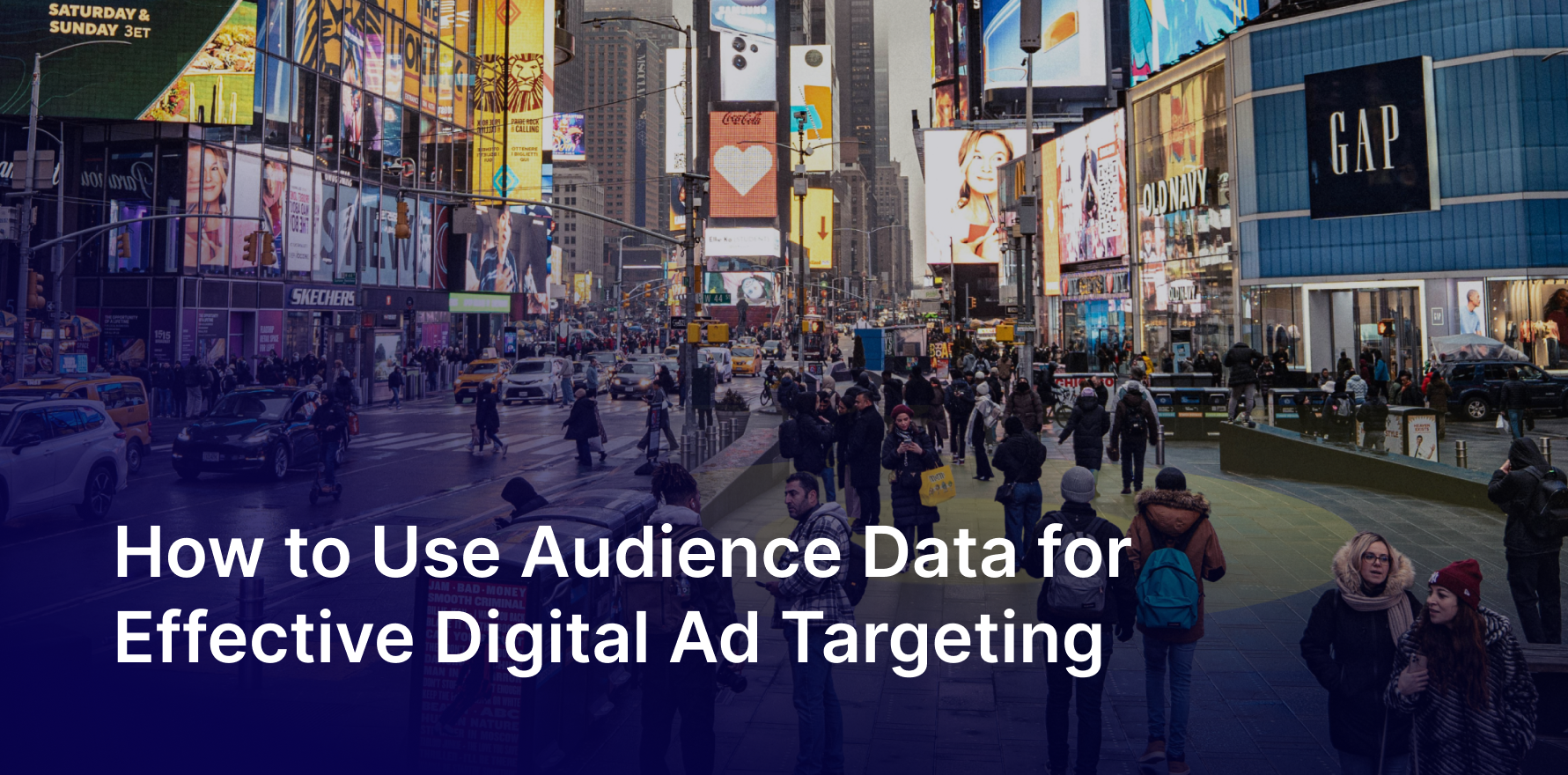In the competitive retail landscape, understanding customer behavior, optimizing store locations, and creating personalized shopping experiences are key to success. Location intelligence, which leverages geospatial data to provide actionable insights, is transforming how retailers operate and make strategic decisions. From enhancing marketing campaigns to streamlining supply chains, location intelligence offers numerous benefits that can drive growth and improve customer satisfaction.
This blog explores the top 5 reasons to use location intelligence in the retail industry, backed by real-world examples and compelling statistics. Discover how this powerful tool can help retailers stay ahead of the curve and thrive in an ever-evolving market.
1. Optimize Store Locations
- Site Selection: Location intelligence helps retailers choose optimal store locations by analyzing foot traffic patterns, demographic data, and competitor presence. This ensures new stores are placed in areas with high demand and growth potential.
- Customer Accessibility: Ensuring stores are conveniently located for target demographics can enhance customer satisfaction and increase foot traffic. Retailers can identify underserved areas where new stores could attract more customers.
2. Personalize Marketing Campaigns
- Targeted Outreach: Location data allows retailers to tailor marketing efforts to specific geographic areas, ensuring more relevant and personalized messaging. By understanding the local population’s needs and preferences, retailers can design targeted campaigns that resonate with their audience.
- Customer Segmentation: By understanding the demographics and behaviors of customers in different areas, retailers can create more effective marketing campaigns. This includes offering region-specific products and promotions that cater to the unique needs of each market.
- Example: A clothing retailer used location intelligence to target promotional offers to areas with high concentrations of their target demographic, resulting in higher conversion rates and increased sales.
3. Enhance Inventory Management
- Demand Forecasting: Location intelligence helps retailers forecast demand more accurately by analyzing local shopping patterns, seasonal trends, and demographic data. This ensures that stores are stocked with the right products at the right time, reducing stockouts and excess inventory.
- Supply Chain Optimization: By understanding the geographic distribution of demand, retailers can optimize their supply chain operations, reducing transportation costs and improving delivery times. This leads to more efficient inventory management and better customer satisfaction.
- Example: A supermarket chain used location data to analyze shopping patterns and optimize their inventory, leading to reduced stockouts and increased customer satisfaction.
4. Improve Customer Experience
- Store Layout Optimization: Location intelligence can help retailers design store layouts that enhance the shopping experience by analyzing foot traffic patterns within the store. This includes optimizing product placement, checkout areas, and promotional displays to maximize customer engagement.
- Proximity-Based Offers: Retailers can offer promotions and services based on a customer’s location, increasing relevance and uptake. For example, sending personalized offers to customers as they enter a store or are near specific product aisles.
5. Gain Competitive Advantage
- Market Analysis: Location intelligence provides insights into competitor locations and market dynamics, allowing retailers to make informed strategic decisions. This includes identifying areas with high competition and discovering opportunities in underserved markets.
- Service Differentiation: By understanding local market needs and gaps, retailers can offer unique products and services that set them apart from competitors. This differentiation can attract new customers and retain existing ones.
- Example: A specialty retail chain used location data to analyze competitor store locations and identified opportunities to offer niche products in underserved areas, gaining a competitive edge and attracting new customers.
Conclusion
Location intelligence is revolutionizing the retail industry by providing critical insights that enhance store location optimization, personalize marketing campaigns, improve inventory management, elevate customer experiences, and offer a competitive advantage. By leveraging geospatial data, retailers can make more informed decisions, deliver tailored services, and stay ahead in a rapidly evolving market.
As technology continues to advance, the integration of location intelligence into retail strategies will become increasingly essential for success. Embracing this powerful tool can help retailers drive growth, improve operational efficiency, and achieve greater customer satisfaction.
You may also like

